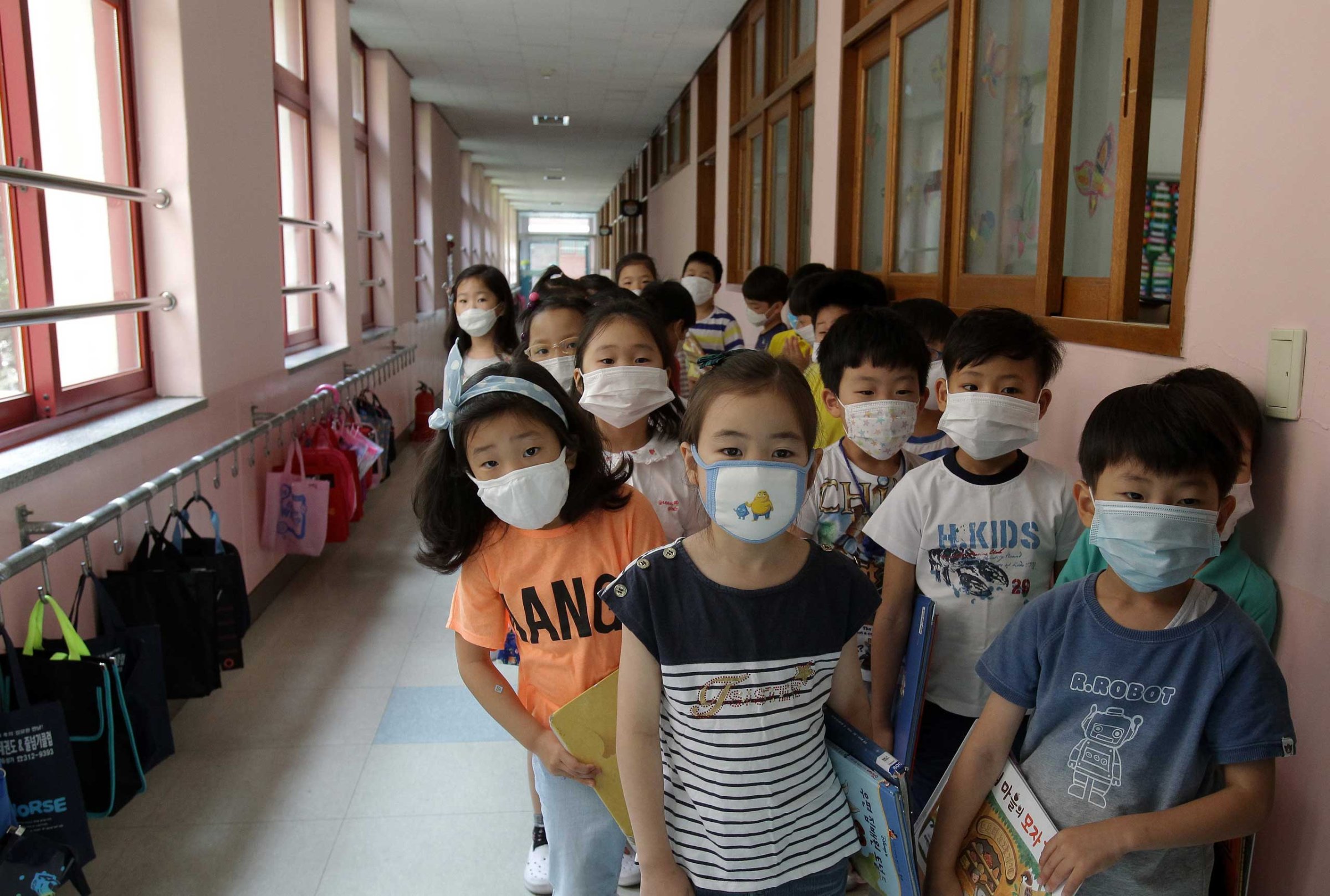
It may be more psychological than logical. Everyone from school children to the nation’s famously fashion-forward teens are covering up in the face of MERS, or Middle East Respiratory Syndrome, a coronavirus that aims straight for the lungs and makes breathing a challenge. The culprit? Virus particles that spread between people who are in close contact, presumably from saliva and secretions that are released when people cough or sneeze.
Most cases, including the 154 reported so far in South Korea, are spread from infected patients in hospitals to health care personnel or close caregivers. But that hasn’t stopped Korean residents from buying out the supply of face masks in the capital city of Seoul, where the first patient sough medical care after becoming ill.
According to the U.S. Centers for Disease Control and Prevention, health care personnel or others who come in contact with MERS patients should wear something called an N-95 respirator, which has a disposable, fitted facepiece filter that can prevent users from breathing in droplets that may contain the virus.
Paper face masks, which fit loosely over the face, can also block large droplets or splatter but can’t completely prevent someone from inhaling viruses, especially if they are in close contact with an infected person for a relatively long time. Public areas in South Korea aren’t particularly high-risk locales, but the idea that some barrier is better than no barrier is likely driving the sales of these masks, some of which come adorned with popular cartoon characters and other logos. It’s also an extension of the Asian habit of donning masks when you’re sick—not so much to protect yourself from getting infected with something, but to prevent you from infecting others.
Read next: This Photo Symbolizes Just How Much MERS Is Taking Over South Korea
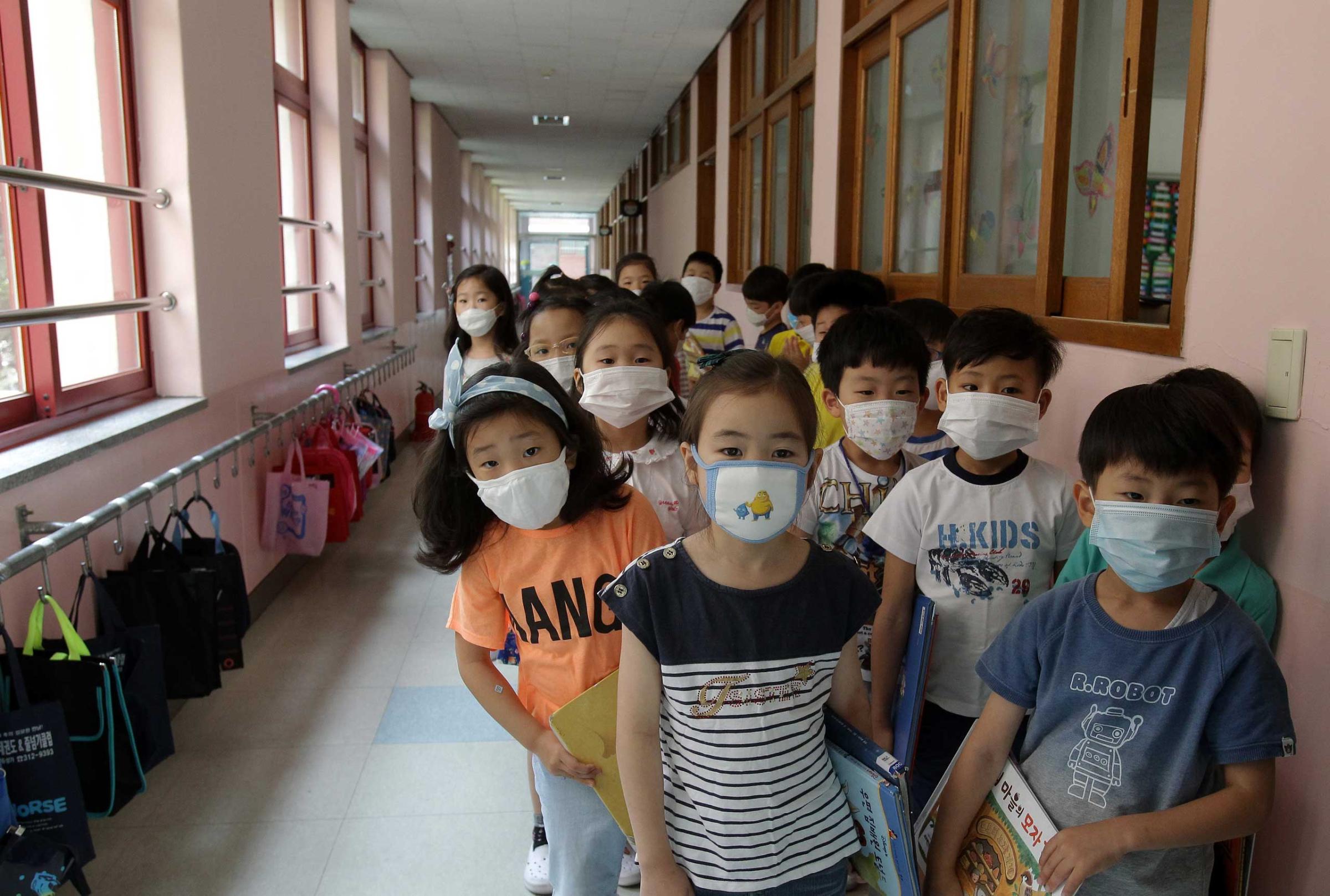
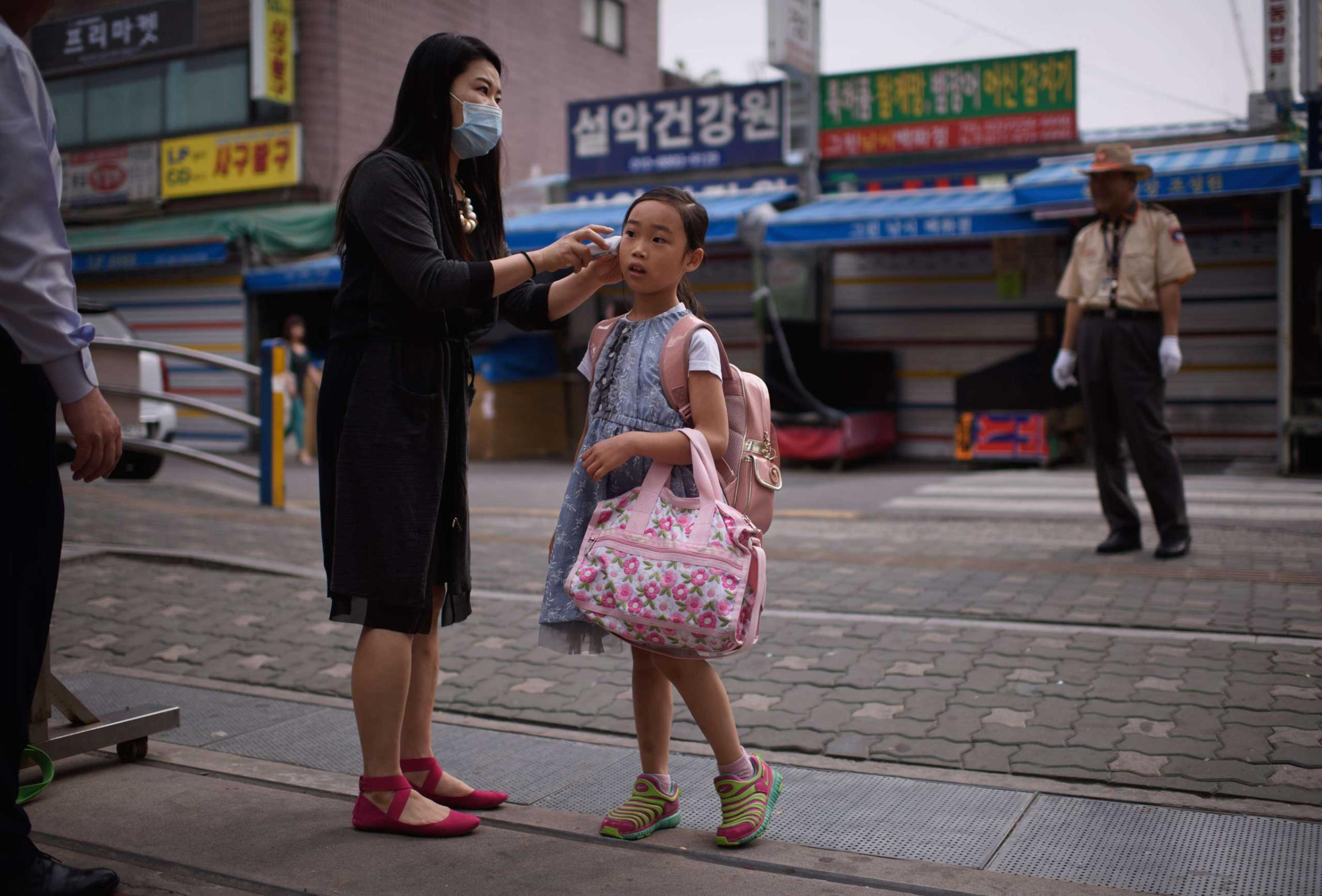
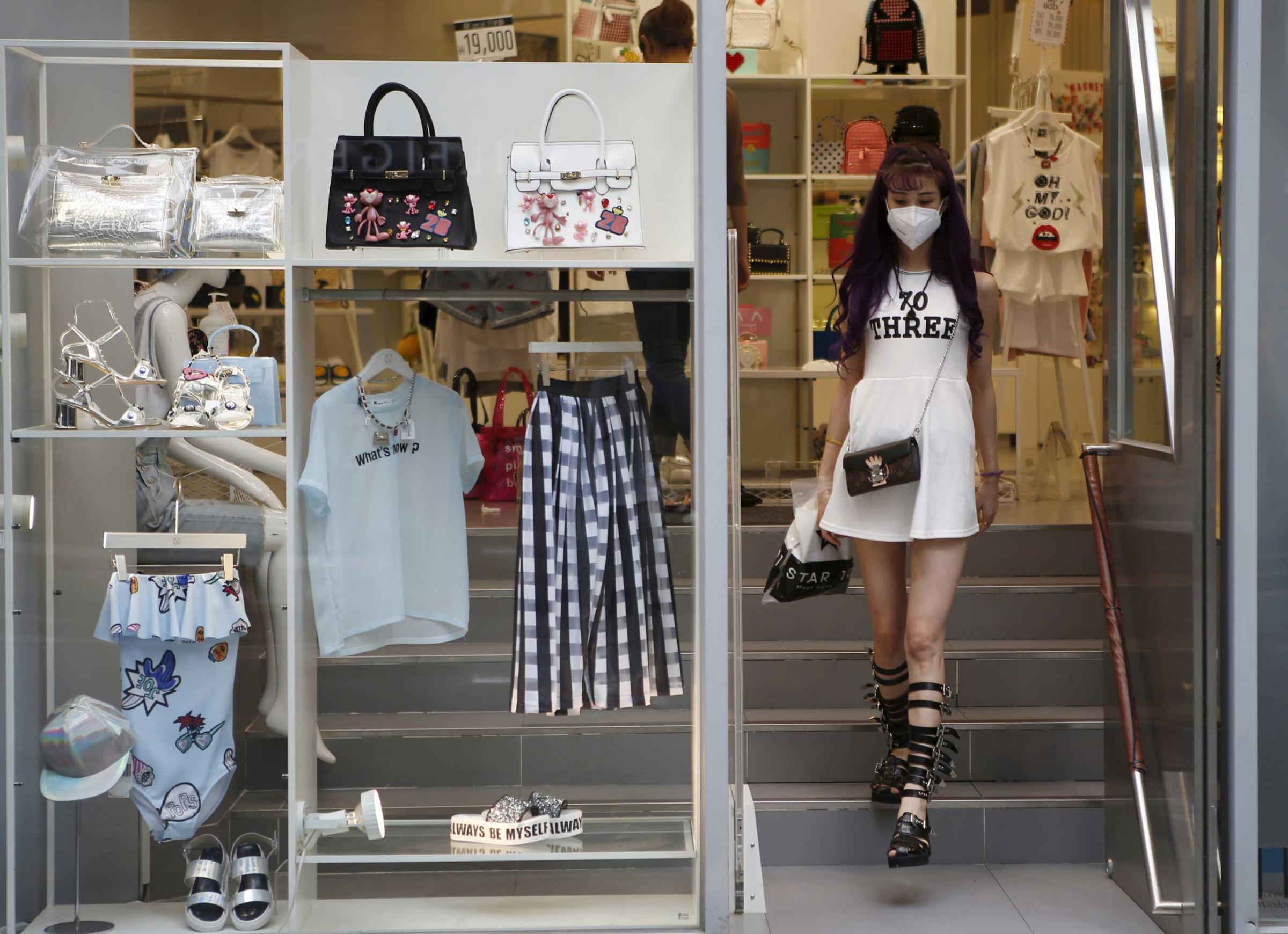
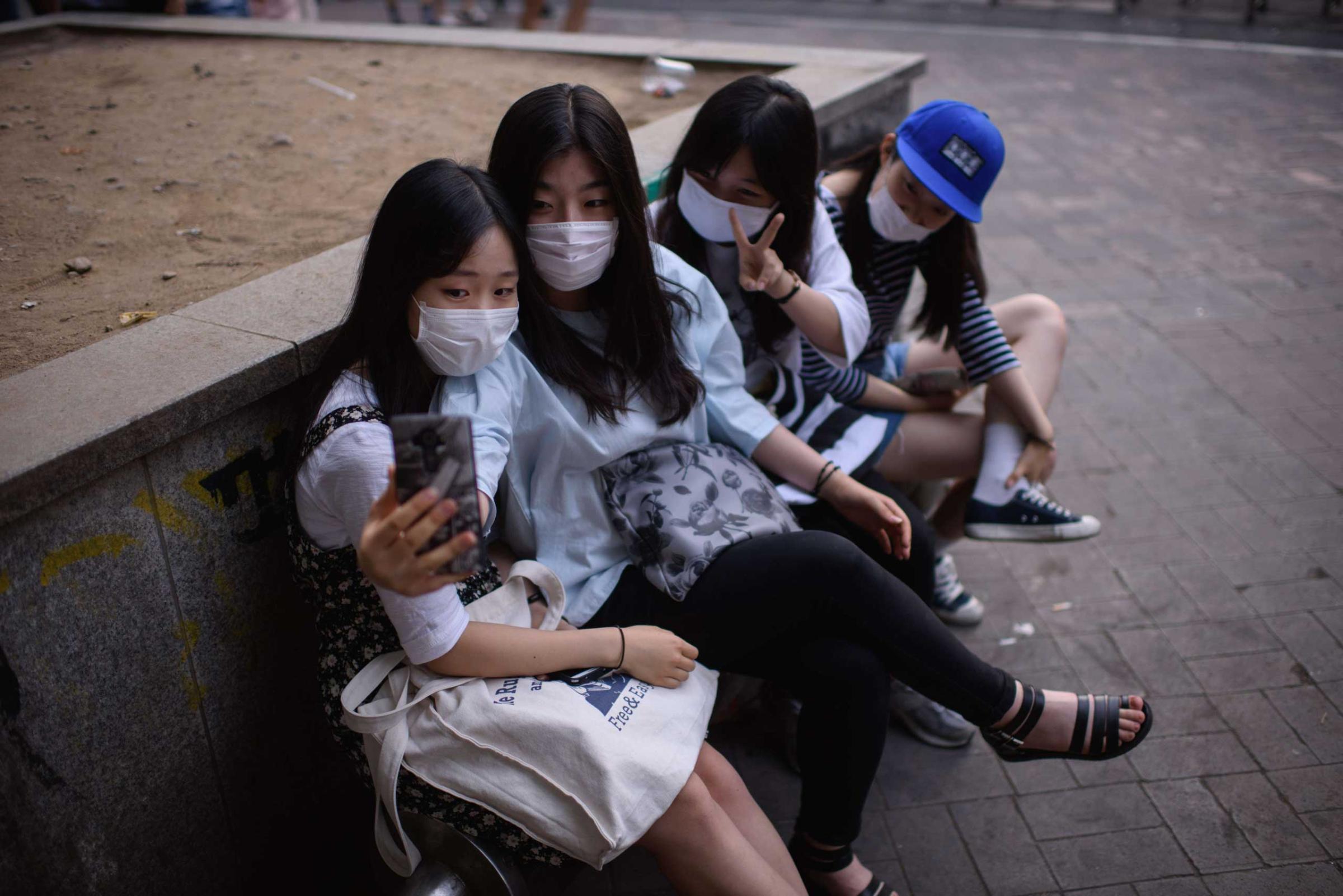
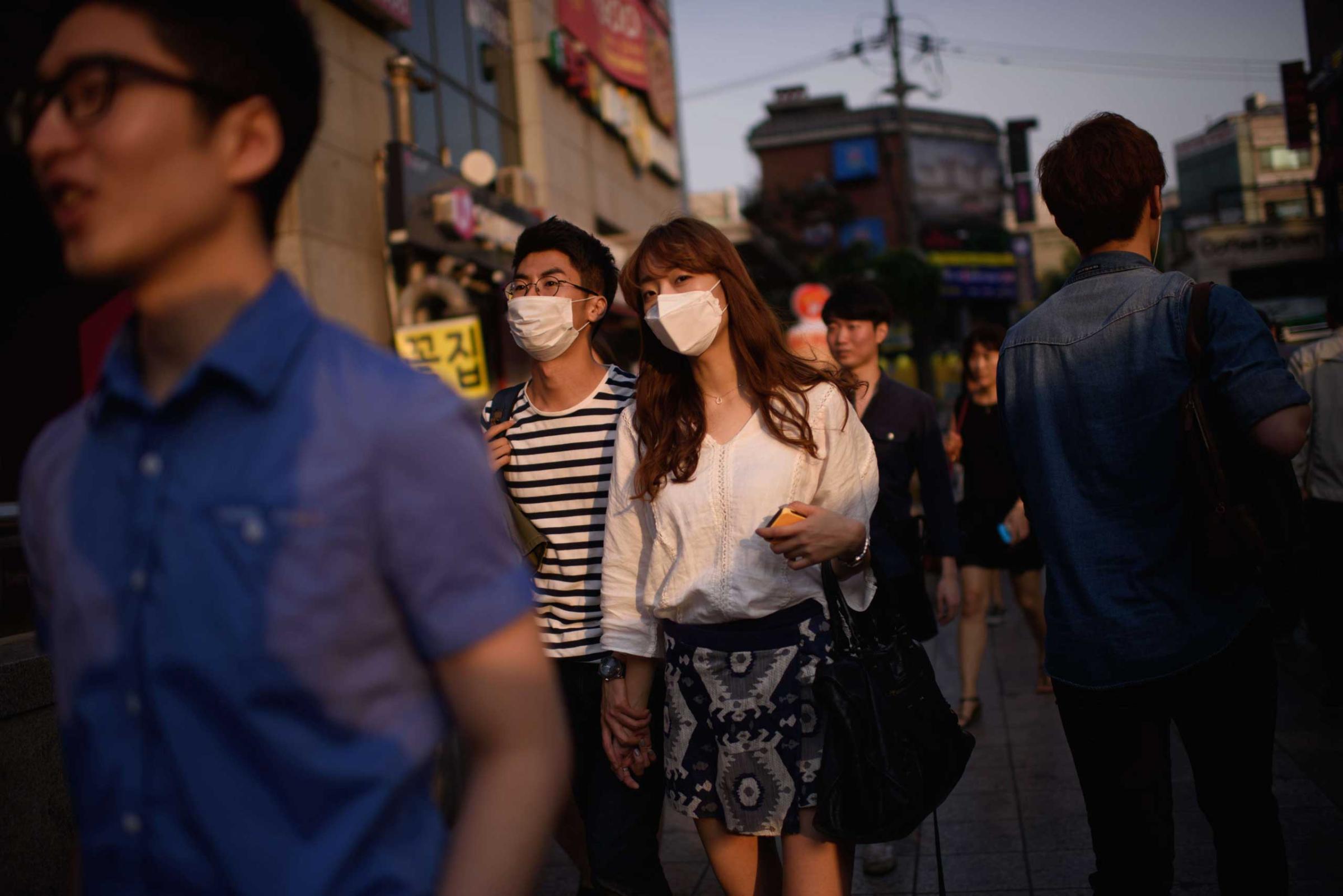
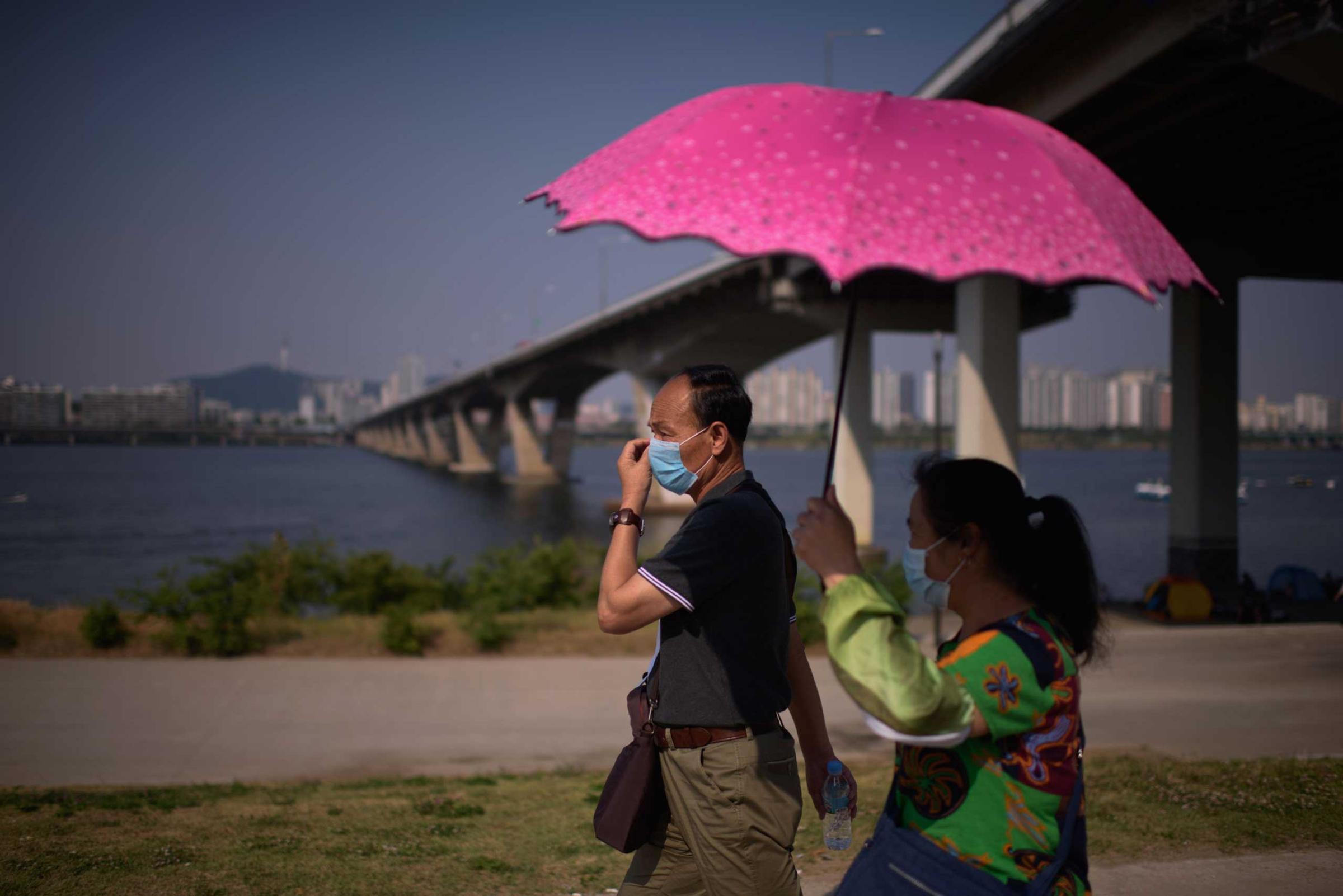
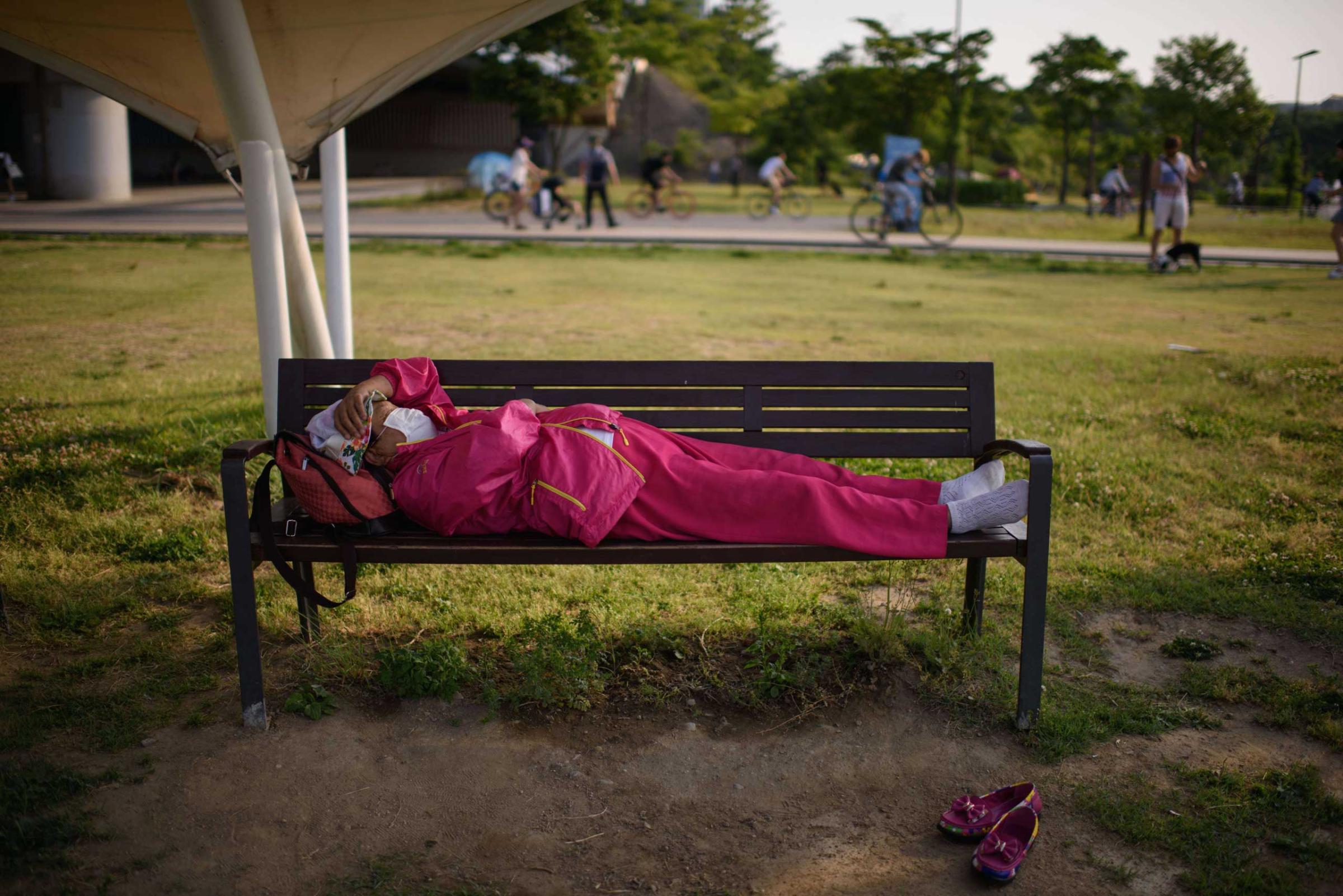
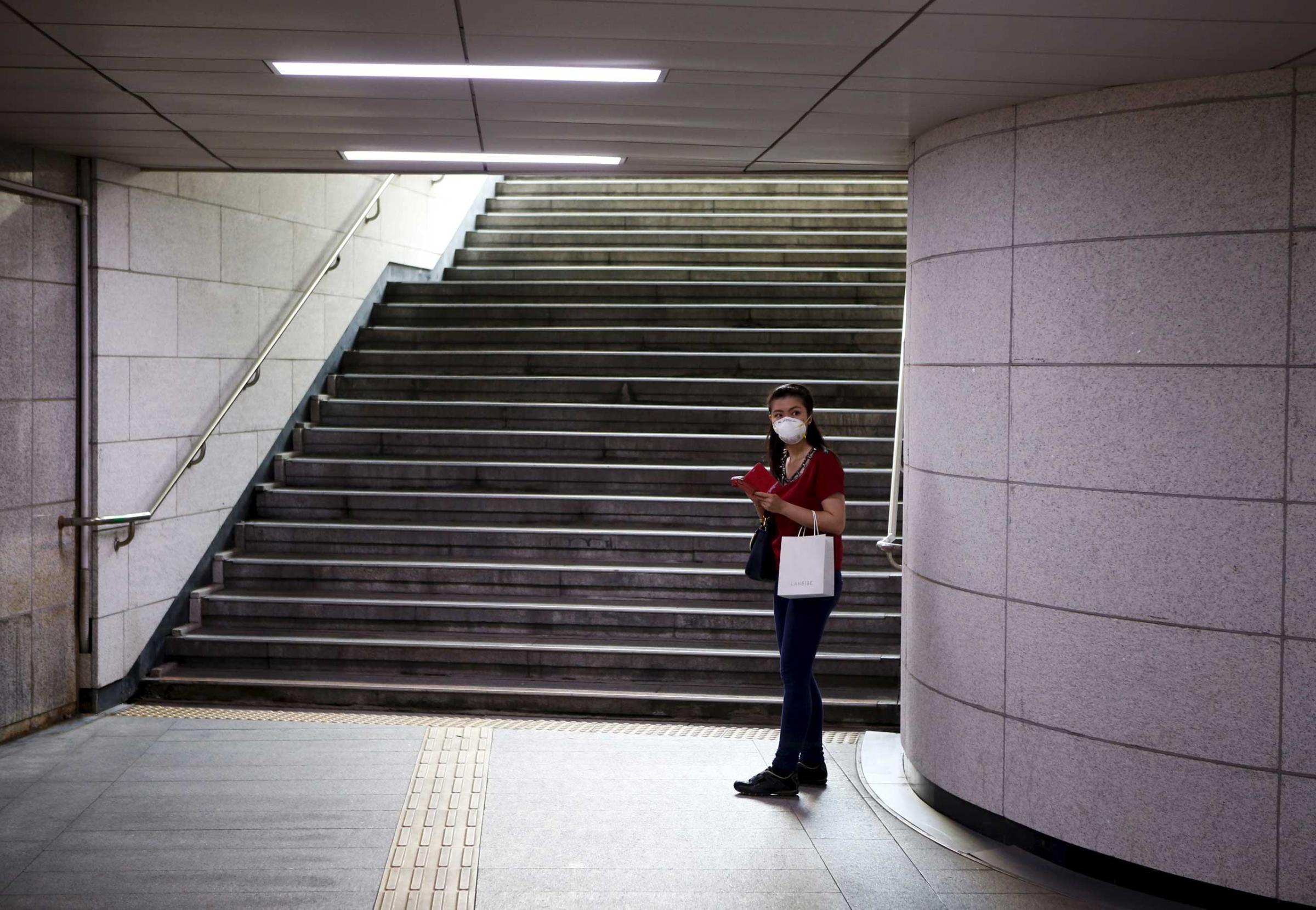
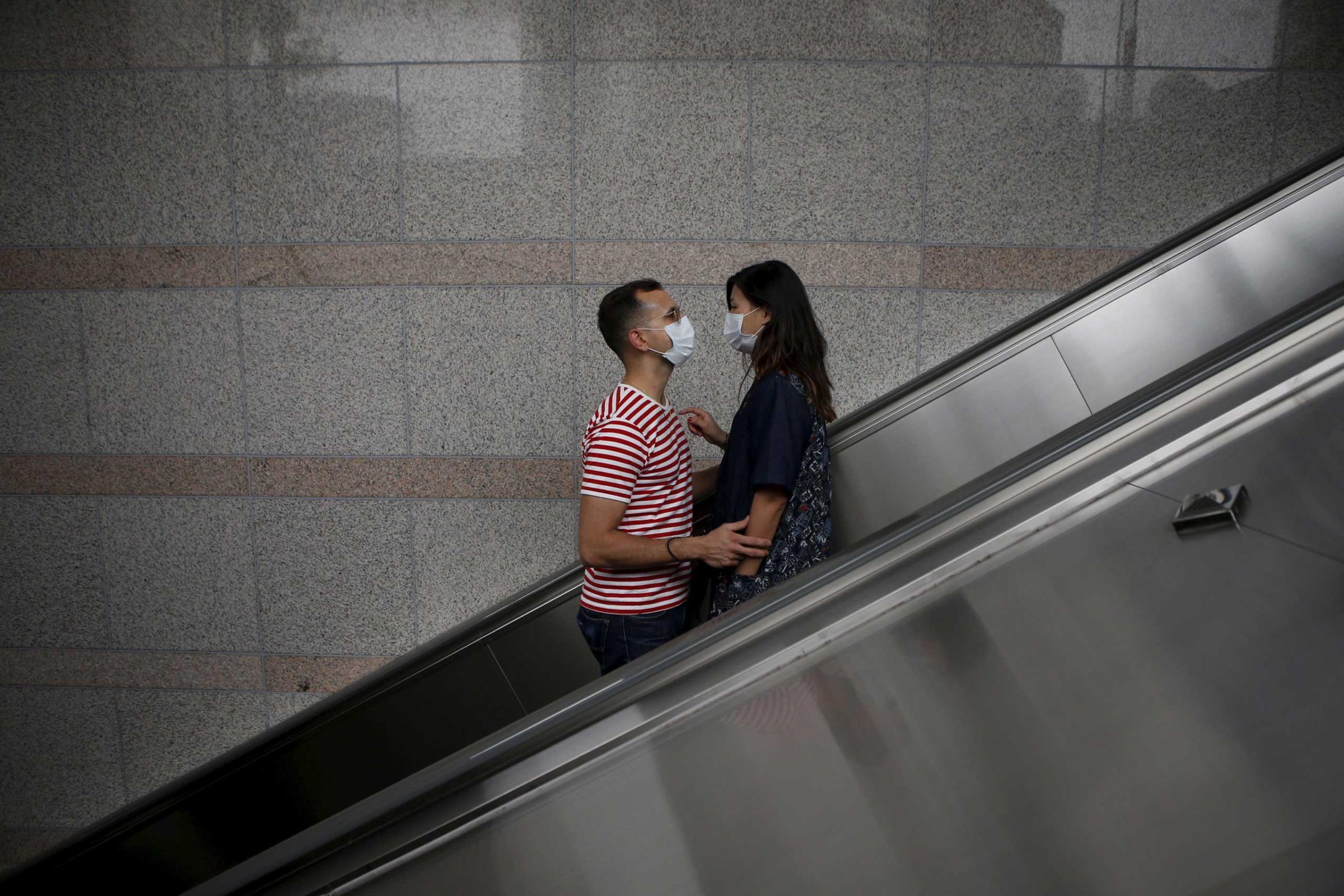
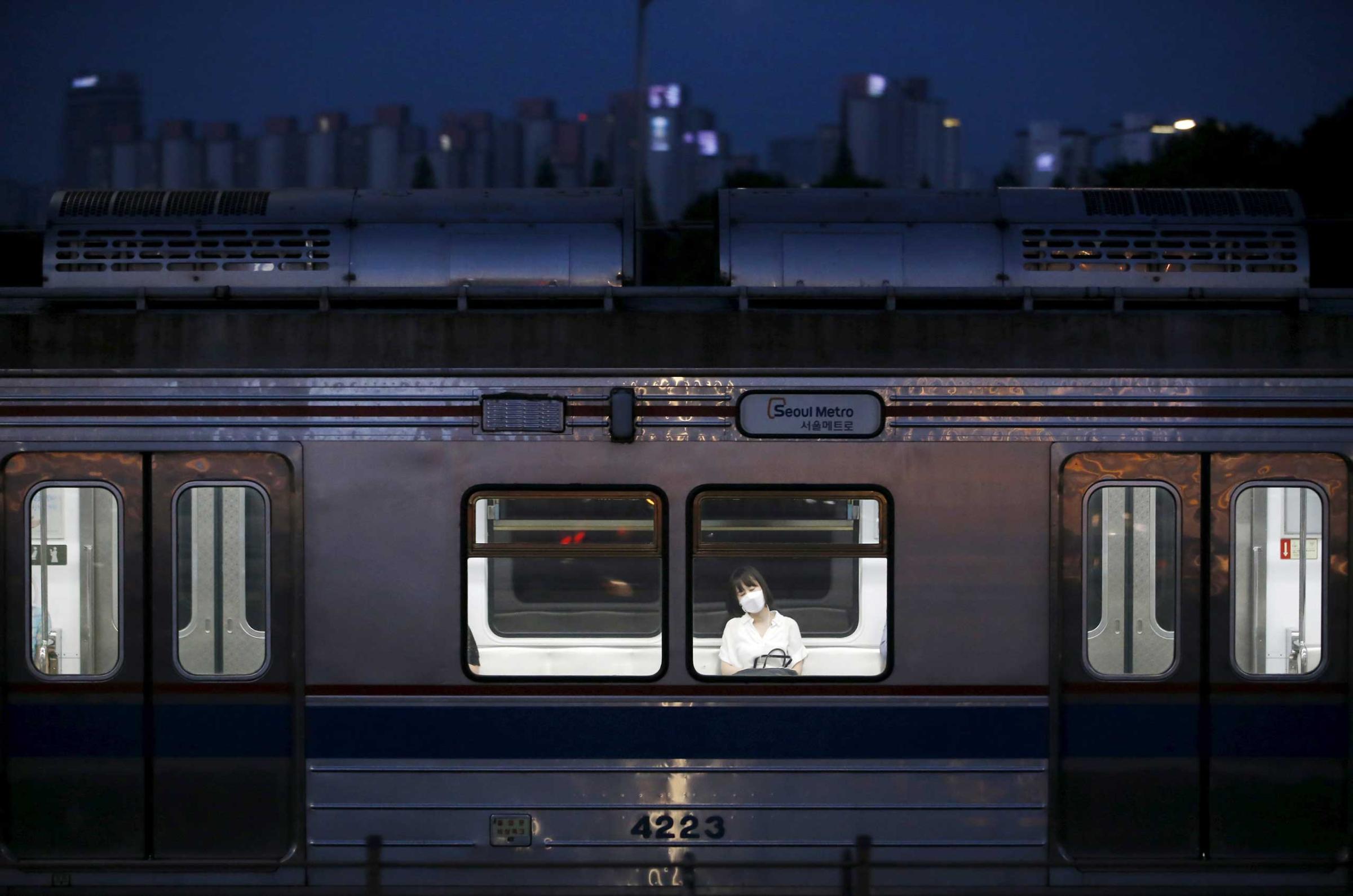
More Must-Reads From TIME
- The 100 Most Influential People of 2024
- Coco Gauff Is Playing for Herself Now
- Scenes From Pro-Palestinian Encampments Across U.S. Universities
- 6 Compliments That Land Every Time
- If You're Dating Right Now , You're Brave: Column
- The AI That Could Heal a Divided Internet
- Fallout Is a Brilliant Model for the Future of Video Game Adaptations
- Want Weekly Recs on What to Watch, Read, and More? Sign Up for Worth Your Time
Contact us at letters@time.com